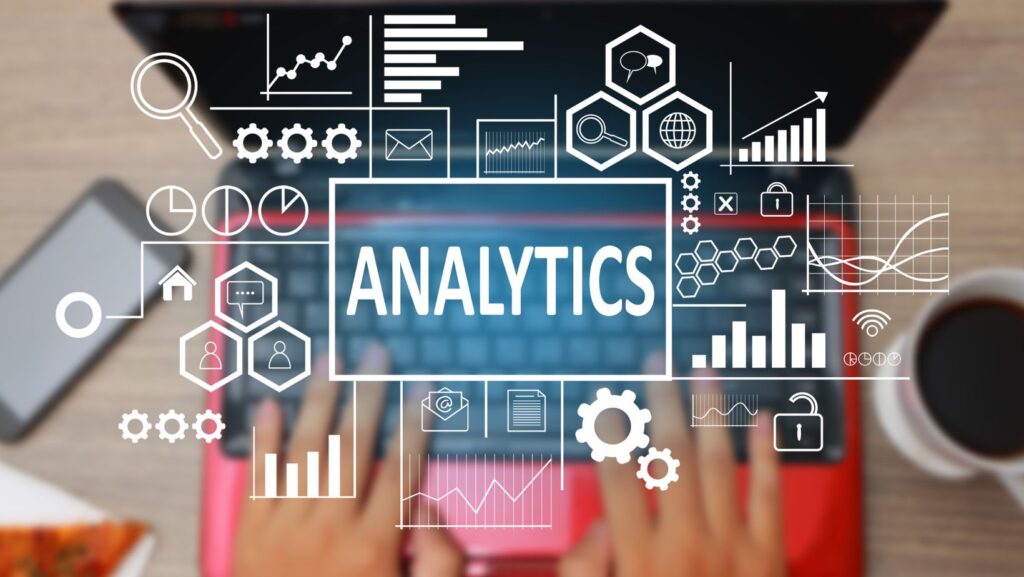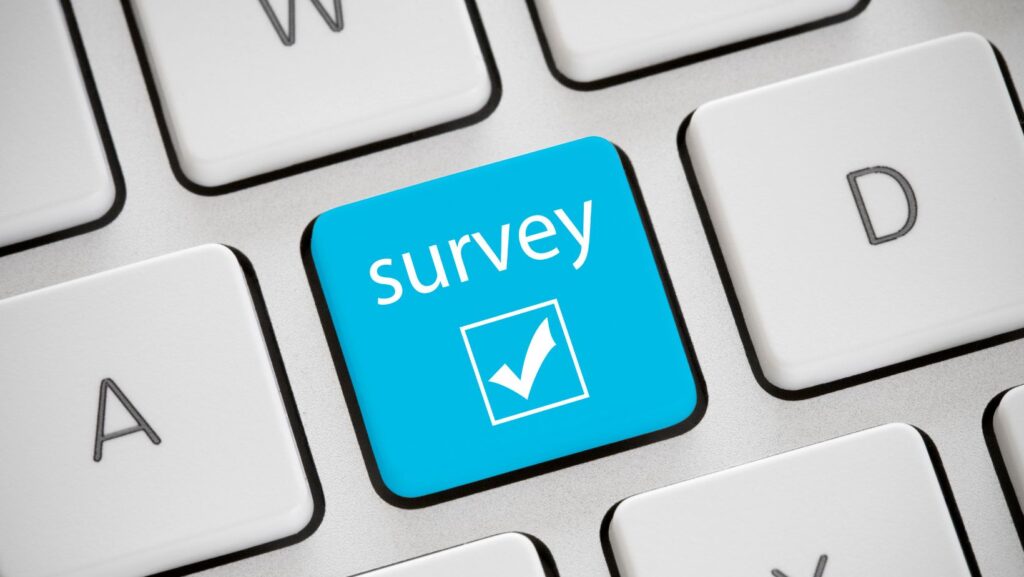In the ever-evolving world of business, staying ahead of the curve is essential. One field that’s been making waves in the corporate realm is business analytics. It’s not just a buzzword, but a vital tool that’s transforming how organizations operate, make decisions, and strategize for the future.
Business Analytics Trends
 Emerging business analytics trends act as game-changers, reinventing the operation, management and strategizing of enterprises. One prominent trend, Artificial Intelligence (AI), drives decision-making processes, enhancing accuracy and efficiency. For instance, AI tools assist in analyzing patterns from massive data sets, providing actionable insights.
Emerging business analytics trends act as game-changers, reinventing the operation, management and strategizing of enterprises. One prominent trend, Artificial Intelligence (AI), drives decision-making processes, enhancing accuracy and efficiency. For instance, AI tools assist in analyzing patterns from massive data sets, providing actionable insights.
Analytics-as-a-Service (AaaS), another burgeoning trend, offers an outsourced function, facilitating organizations in effective data management. An example of AaaS would be cloud services that analyze and report data back to the company. Robotic Process Automation (RPA), marked as a pivotal trend, revolutionizes data handling and automation, delegating mundane tasks to automation, boosting productivity and efficiency.
Another growing trend, Predictive Analytics, anticipates outcomes based on data patterns. Businesses employ predictive models to forecast trends, reducing risks and enhancing proactive strategies. Lastly, data visualization techniques, an increasingly adopted trend, convert complex data into visual representations, easing comprehension and decision-making.
Major Business Analytics Trends in Recent Years
 Expanding on the earlier mention of AI in decision-making, this technology’s exponential growth merits a deeper look. AI, particularly machine learning, has improved decision-making precision and speed using historical data. It delivers actionable insights, assisting businesses achieve strategic goals.
Expanding on the earlier mention of AI in decision-making, this technology’s exponential growth merits a deeper look. AI, particularly machine learning, has improved decision-making precision and speed using historical data. It delivers actionable insights, assisting businesses achieve strategic goals.
Turning to the growing trend of Analytics-as-a-Service (AaaS), businesses outsource data analytics to third-party providers. With an increase in volume and complexity of data, businesses can’t merely rely on in-house data analysis. AaaS emerges as a practical solution, offering agility, scalability, and cost-efficiency.
Among automation trends, Robotic Process Automation (RPA) stands distinct. It’s transforming mundane work processes, freeing up employee time for higher value tasks. Examples include data entry and quality checks automated to near perfect efficiency.
Predictive analytics, another emerging trend, focuses on anticipation. Predictive models utilize existing data for trend identification and future occurrence predictions. Consider weather forecasts; they represent predictive analytics’ common application.
Finally, data visualization techniques augment comprehension. They transform intricate data sets into visual formats that communicate insights convincingly. Stylistic graphs and interactive charts exemplify ways data becomes accessible and insightful.
The Impact of Business Analytics Trends on Industries
 Transformations throughout industries are eminent, brought about by the rise of business analytics trends previously mentioned. Detailed AI applications enhance industry decision-making processes. Businesses across sectors benefit immensely from services like Analytics-as-a-Service when managing complex data becomes a hurdle. Particularly in labor-intensive industries, Robotic Process Automation serves as a game-changer by automating laborious tasks, while Data Visualization techniques enable industry professionals to grasp intricate insights accessibly and engagingly. When forecasting becomes pivotal, Predictive Analytics come into play, dramatically assisting industries to anticipate trends. Ultimately, these business analytics trends are not merely reshaping methods, they’re revolutionizing industries, promoting growth, and amplifying competitiveness in the modern market.
Transformations throughout industries are eminent, brought about by the rise of business analytics trends previously mentioned. Detailed AI applications enhance industry decision-making processes. Businesses across sectors benefit immensely from services like Analytics-as-a-Service when managing complex data becomes a hurdle. Particularly in labor-intensive industries, Robotic Process Automation serves as a game-changer by automating laborious tasks, while Data Visualization techniques enable industry professionals to grasp intricate insights accessibly and engagingly. When forecasting becomes pivotal, Predictive Analytics come into play, dramatically assisting industries to anticipate trends. Ultimately, these business analytics trends are not merely reshaping methods, they’re revolutionizing industries, promoting growth, and amplifying competitiveness in the modern market.
Challenges and Opportunities in Adopting Business Analytics Trends
As the digital era unfolds, it’s clear that business analytics trends are playing a pivotal role in reshaping industries. They’re not just tools for innovation but are the driving force behind more informed decision-making and increased competitiveness. However, adopting these trends isn’t without its challenges. It requires a deep understanding of AI, AaaS, RPA, Predictive Analytics, and data visualization. Businesses need to invest in the right skills, infrastructure, and strategies to harness these trends effectively.
On the bright side, the rewards are worth the effort. The benefits of adopting these trends far outweigh the challenges. They offer businesses the chance to stay ahead of the curve, drive growth, and secure a competitive edge in the modern market. So, it’s not a question of if businesses should adopt these trends, but how fast they can do it. The future of business lies in leveraging these analytics trends to their fullest potential.



